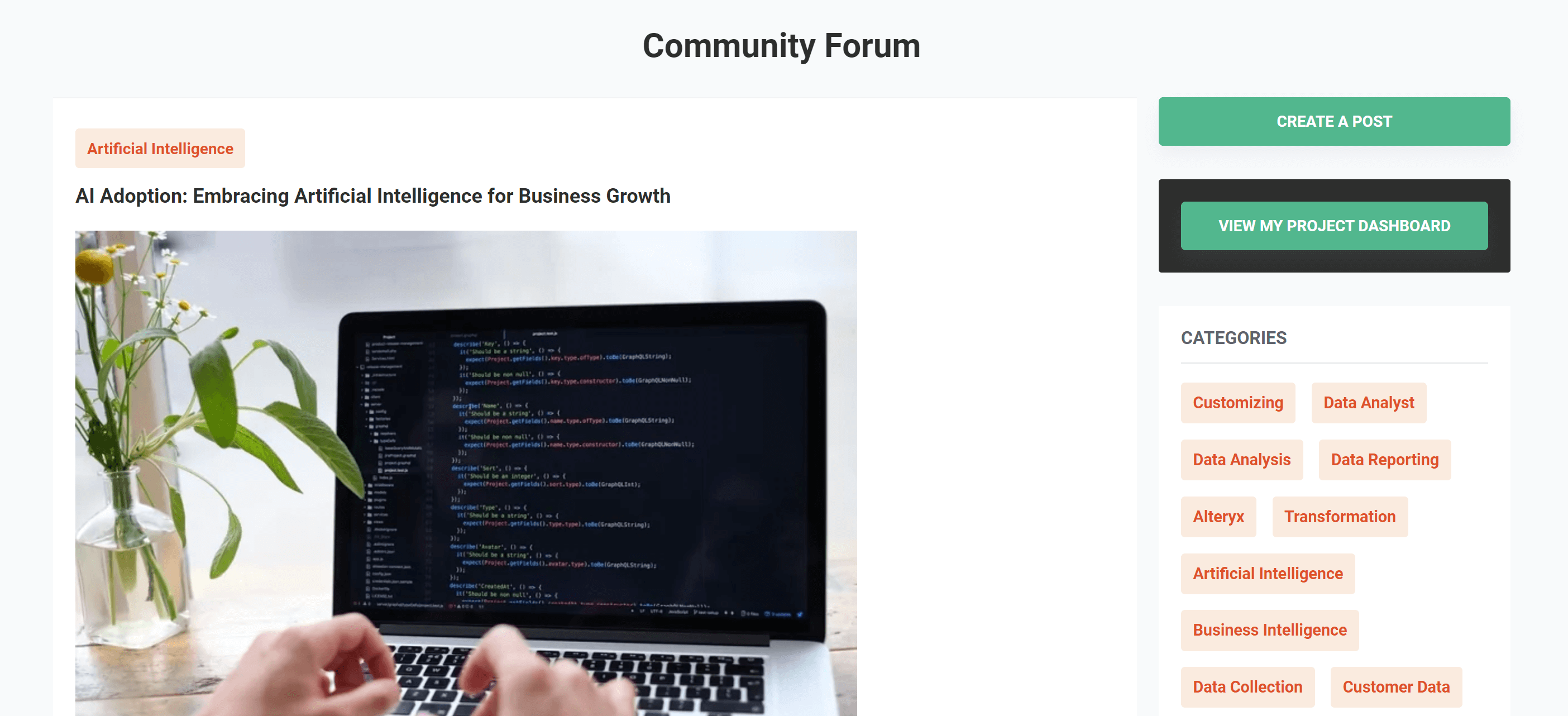Demystifying Natural Language Processing NLP

What is NLP?
Natural language processing (NLP) is a subfield of Artificial Intelligence (AI) that focuses on making machines understand and interpret human language. It is a crucial component of AI that enables machines to process, analyse and generate human language. In this article, we will explore what Natural Language Processing really is, how it works, and its current and potential applications in various industries. We will also discuss the challenges and limitations of NLP and how it can be improved in the future.
Natural language processing involves teaching machines how to interact with human language, including its grammar, syntax, semantics, and pragmatics. It uses statistical and machine learning techniques to identify patterns and regularities in large datasets of human language, allowing machines to recognise and classify text, extract information, and generate responses.
How does NLP work?
NLP, or Natural Language Processing, utilises various techniques to analyse and understand text. It involves several stages, each serving a specific purpose.
Text preprocessing is the initial step in NLP, focusing on cleaning and structuring raw text data. It encompasses tasks such as tokenization, stemming, and stop-word removal. Tokenization breaks down text into smaller units like words or phrases. Stemming reduces words to their root form, while stop-word removal eliminates common words that contribute little meaning.
Following text preprocessing, syntactic analysis comes into play. This stage aims to identify the grammatical structure of sentences, including parts of speech, syntax, and sentence structure. By parsing the text, machines can discern the subject, verb, object, and relationships between sentence components.
Semantic analysis delves into understanding the meaning of words and sentences. It involves word sense disambiguation, named entity recognition, and semantic role labelling. Word sense disambiguation determines the correct meaning of a word in context. Named entity recognition classifies named entities, such as people, places, and organisations. Semantic role labelling identifies the roles of words within a sentence, such as subject, object, or modifier.
Pragmatic analysis takes into account the context, intentions, and implications of the text. It considers factors like the speaker’s tone, social and cultural context, and intended meaning. Pragmatic analysis plays a crucial role in sentiment analysis, where machines need to comprehend the emotional tone of text.
In short, Natural Language Processing involves text preprocessing to structure the data, syntactic analysis to understand the grammatical structure, semantic analysis to grasp the meaning, and pragmatic analysis to consider the context and implications. These interconnected stages enable machines to effectively analyse and interpret natural language text.
NLP vs Computational Linguistics
Computational linguistics focuses on analysing the intricacies of language from a statistical point of view, with the help of computers and machine learning. While at first glance, this appears to be extremely similar to Natural Language Processing, they are actually very different. NLP refers to the actual process of using machine intelligence to analyse human language.
It’s a field entirely located within data science and computing. On the other hand, computational linguistics is a field of linguistics that crosses over with science and engineering. It’s based entirely on the study and academic pursuit of analysing and generating human language with machines. Computational linguistics certainly is related to NLP, but strictly in an academic sense.
In short, computational linguistics is interested in the science behind Natural Language Processing, while data scientists specialising in NLP will be more interested in applying it to the real world.
However, both field help contribute to each other. The advancement of NLP algorithms has led to significant advancements in the study of computational linguistics. At the same time, computational linguistics is what spurred the creation of Natural Language Processing. Those interested in the way NLP interacts with human language may find themselves interested in a career in computational linguistics.
Current and Potential Applications of Natural Language Processing
NLP has become an essential technology in various industries, and it has numerous current and potential applications.
In healthcare, Natural Language Processing can be used for clinical decision-making, medical record analysis, and drug discovery. It can help physicians make better decisions by analysing large amounts of patient data, including electronic health records and medical images. By using NLP for medical record analysis, healthcare providers can identify patterns and trends that may not be visible to the human eye. NLP can also be used to analyse drug-related information, such as adverse drug events and drug-drug interactions, to improve patient safety and drug discovery.
In finance, Natural Language Processing can be used for fraud detection, sentiment analysis, and risk assessment. NLP can help identify fraudulent transactions by analysing large volumes of financial data and identifying suspicious patterns. Sentiment analysis can be used to analyse social media and news articles to understand public opinion on a particular topic, which can help investors make better decisions. NLP can also be used for risk assessment by analysing large amounts of financial data to identify potential risks and opportunities.
In retail, NLP can be used for customer service, product recommendations, and sentiment analysis. Natural Language Processing is used to develop chatbots and voice assistants that can handle customer enquiries and complaints, providing a more personalised and efficient customer experience. Natural Language Processing can also be used to analyse customer feedback, including social media and review sites, to understand customer sentiment and improve product offerings. NLP can also be used to make product recommendations based on customer purchase history and preferences.
Challenges and Limitations of Natural Language Processing
Despite the many applications of Natural Language Processing , there are several challenges and limitations that must be addressed. One of the biggest challenges is the ambiguity and complexity of human language. Human language is highly nuanced, and it can be difficult for machines to understand the meaning of a piece of text accurately. For example, sarcasm and irony can be difficult to detect in text, which can lead to inaccurate results. Additionally, some words can have multiple meanings depending on the context in which they are used, making it challenging for machines to understand the intended meaning.
Another challenge is the lack of annotated data for training Natural Language Processing algorithms. Annotated data is data that has been labelled with specific information, such as parts of speech or named entities. NLP algorithms require large amounts of annotated data to learn patterns and relationships between different parts of text. However, creating annotated data can be time-consuming and expensive, which limits the scalability of NLP models.
Finally, Natural Language Processing algorithms can be biassed towards certain language patterns or demographics, leading to unfair or inaccurate results. For example, NLP algorithms may have difficulty understanding accents or dialects that are different from the standard language. This can lead to inaccurate results, especially in applications like speech recognition or natural language understanding.
To overcome these challenges, researchers are exploring various techniques, including deep learning, transfer learning, and data augmentation.
Improving Natural Language Processing
NLP has come a long way in recent years, and researchers are continuously working to improve the technology. Let’s dive in the three techniques that have shown promise in improving Natural Language Processing.
Deep learning utilises neural networks to learn hierarchical representations of text, enabling machines to identify complex language patterns. This technique has proven powerful in tasks like text classification, sentiment analysis, and machine translation, advancing Natural Language Processing accuracy.
Transfer learning involves pretraining Natural Language Processing models on extensive datasets and fine-tuning them on smaller ones. By leveraging limited data, machines can benefit from prior knowledge. This approach has enhanced various NLP tasks such as text classification and sentiment analysis, overcoming limitations of insufficient datasets.
Data augmentation, another technique, enhances NLP algorithms’ accuracy and effectiveness. It involves generating synthetic data by modifying text, such as replacing words or introducing noise. This technique expands and diversifies training datasets, enabling machines to learn from a wider range of examples. Data augmentation has demonstrated successful outcomes in tasks like text classification and sentiment analysis.
Conclusion
In conclusion, Natural Language Processing is a crucial technology that enables machines to understand and interpret human language. While there are still many challenges and limitations to overcome, such as the ambiguity and complexity of human language, the lack of annotated data, and potential biases, the field is advancing rapidly. Deep learning, transfer learning, and data augmentation are three techniques that are showing great promise in improving NLP. As NLP technology continues to improve, we can expect to see more sophisticated and accurate language processing applications in the future. The future of Natural Language Processing is exciting and has the potential to revolutionise various industries, improve customer experiences, and make significant advances in healthcare and scientific research.
Get your data results fast and accelerate your business performance with the insights you need today.



